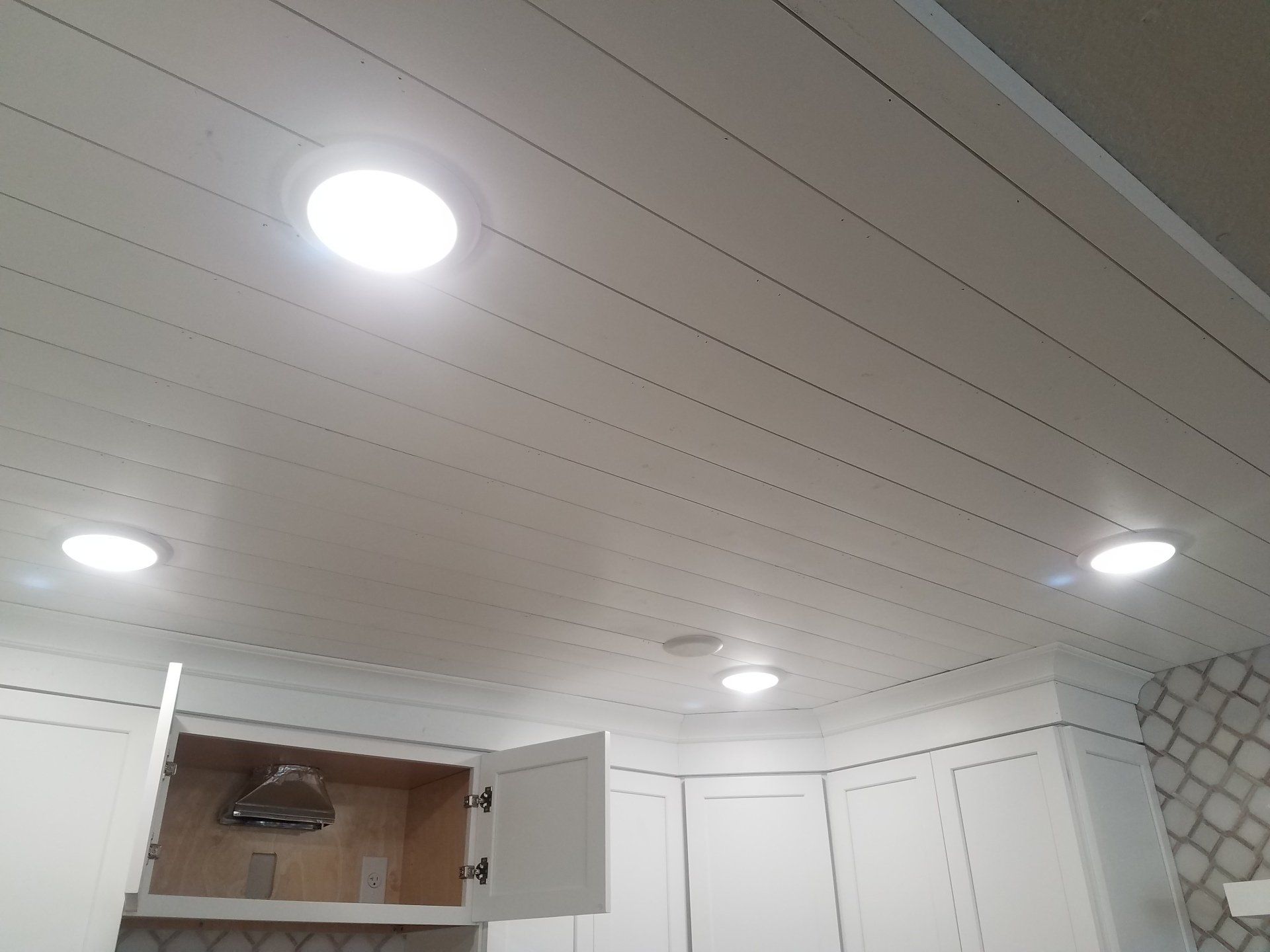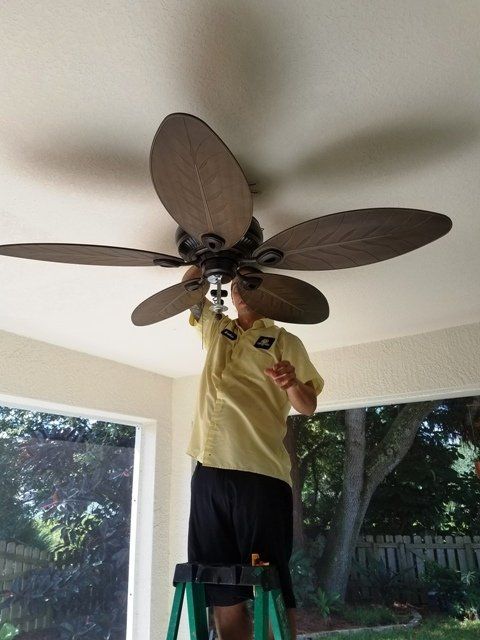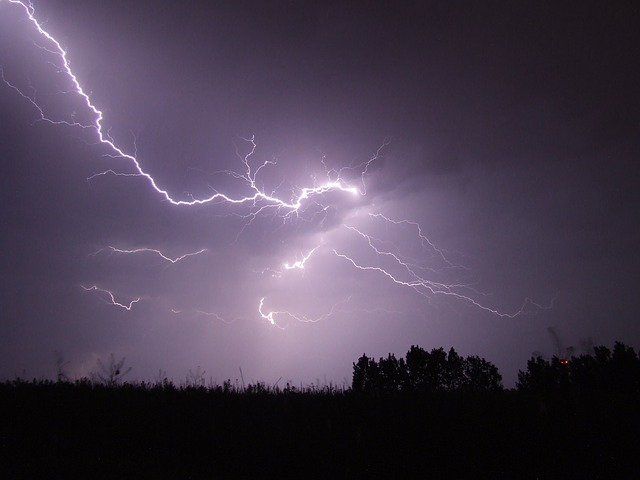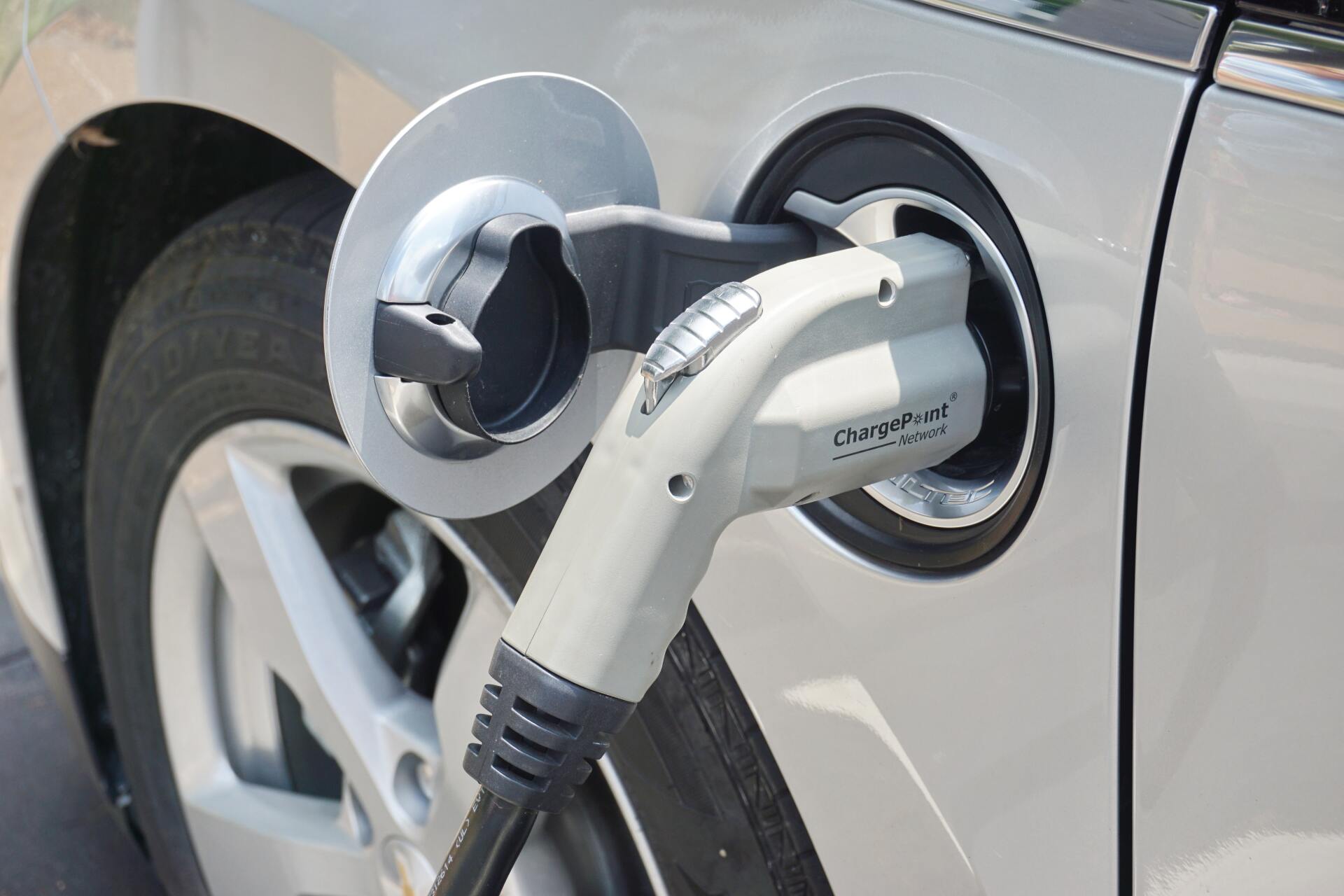Blog
Pingston Electric Blog
Helpful Tips
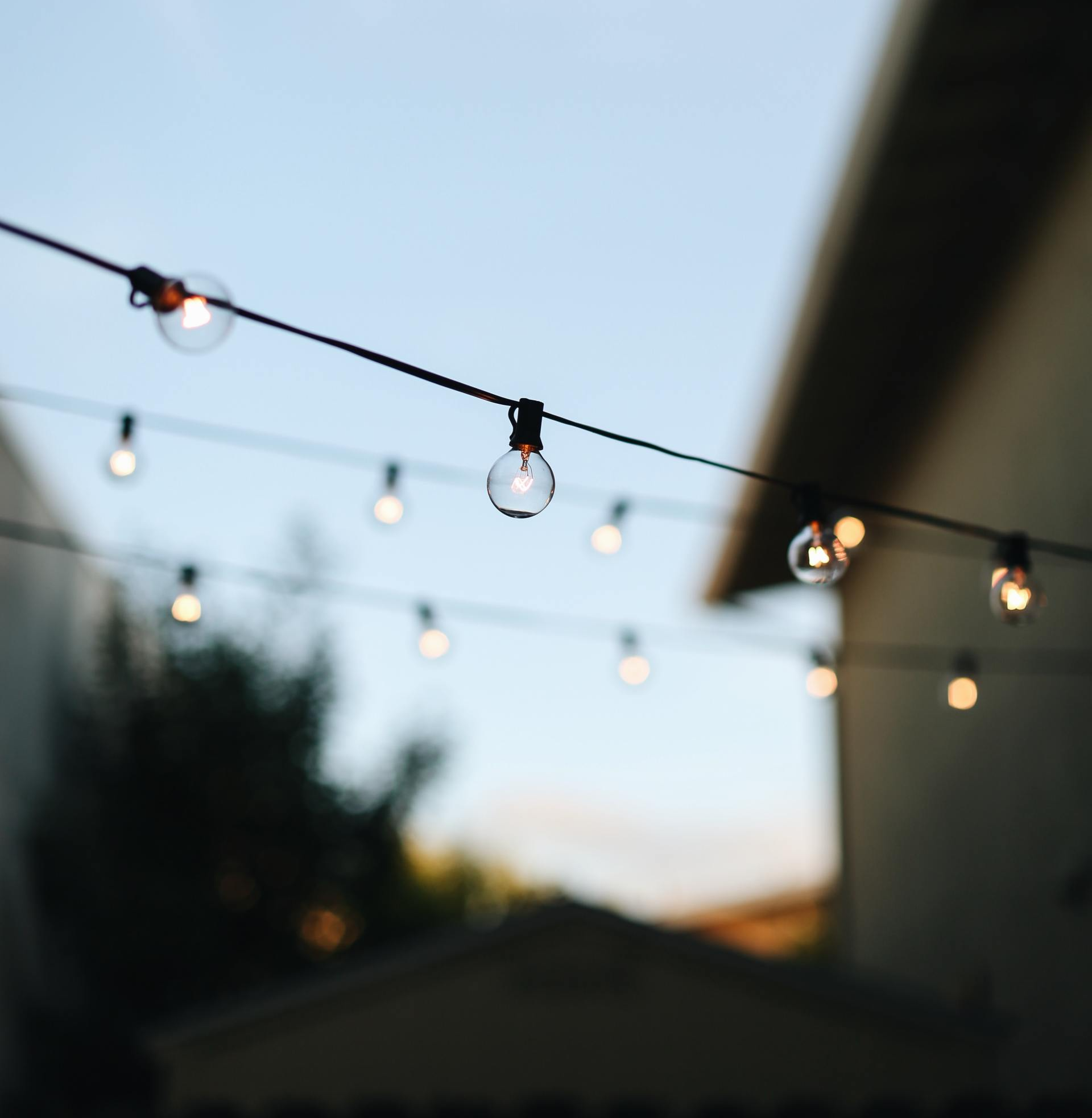
By Pingston Electric
•
13 Apr, 2023
With Summer upon us, chances are, this will be the beginning of many weekends spent barbecuing, enjoying a backyard swim or just doing yard work, home maintenance, landscaping and other projects outdoors. But whether you’re taking a dip in the pool or planting flowers, it’s important to remember that you are surrounded by electricity and that outdoor electrical safety should not be overlooked. Here are some electrical safety precautions to consider when you’re out in the back yard. Pools & Electrical Safety Inspections - Have an electrician inspect the pool, spa or hot tub to ensure that all equipment is in accordance with both the local codes & National Electrical Code. Battery Operated Devices - Having electronics around the pool, spa or hot tub can be very dangerous. Use battery operated devices around water instead of cord connected devices. Emergency plan - Have a detailed emergency plan posted around the pool, spa or hot tub area. This plan should outline the necessary course of action you should take if someone is suffering from an electric shock. Weather ready - Do not swim or hang out near the water before, during or after a thunderstorm. Water and lightning are a dangerous combination. We recommend an annual check of outdoor electrical equipment, including: Outlets - Check that each outlet has its own weatherproof outlet cover, and keep it closed when not in use. Also, make sure each outlet is powered by a ground fault circuit interrupter (GFCI), which turns itself off if it senses a current leak or a short circuit. If you must use an outlet during wet weather, then we suggest a “weatherproof while in use” cover, which keeps an outlet covered even when a cord is plugged in. Electric garden tools - Avoid using corded power tools in wet or damp locations, advises the CPSC . The agency also suggests checking all tools for cord damage, such as cracks or exposed wires, and to make sure they are in good condition and operating properly. Use tools with insulated grips to avoid the potential of electric shock. Extension cords - Use only extension cords that are rated for outdoor use; indoor cords can’t withstand the weather conditions when they’re used outdoors, and may become a fire or shock hazard. An estimated 3,300 residential fires originate from extension cords each year, according to the CPSC , so electrical cord safety precautions make good sense. Tree Trimming and Landscaping Safety - Most experts advise leaving tree trimming to the professionals, particularly when the tree and its limbs are anywhere near a power line. But if you do plan to do some trimming, here are some safety reminders from the Electrical Safety Foundation International: Always look up before raising a ladder or pole to make sure it won’t come within 10 feet of a power line, says the Electrical Safety Foundation International; you do not have to touch a power line to be in danger. Use wooden or fiberglass ladders outdoors; metal ladders conduct electricity. Do not climb with tools in your hands, and be sure to wear safety equipment at all times. Do not trim trees in dangerous weather conditions. And an important general landscaping reminder: Call 811 before you begin any digging project. A federally mandated national number, 811 will connect you with a local call center that sends out a crew to identify underground utility lines. It’s really the best way to make sure you don’t inadvertently dig into one while planting a tree or shrub, or installing a deck or pool. Good electrical safety habits can help you to make sure your family, friends and neighbors are safe and free to enjoy a little outdoors time in your back yard this season.
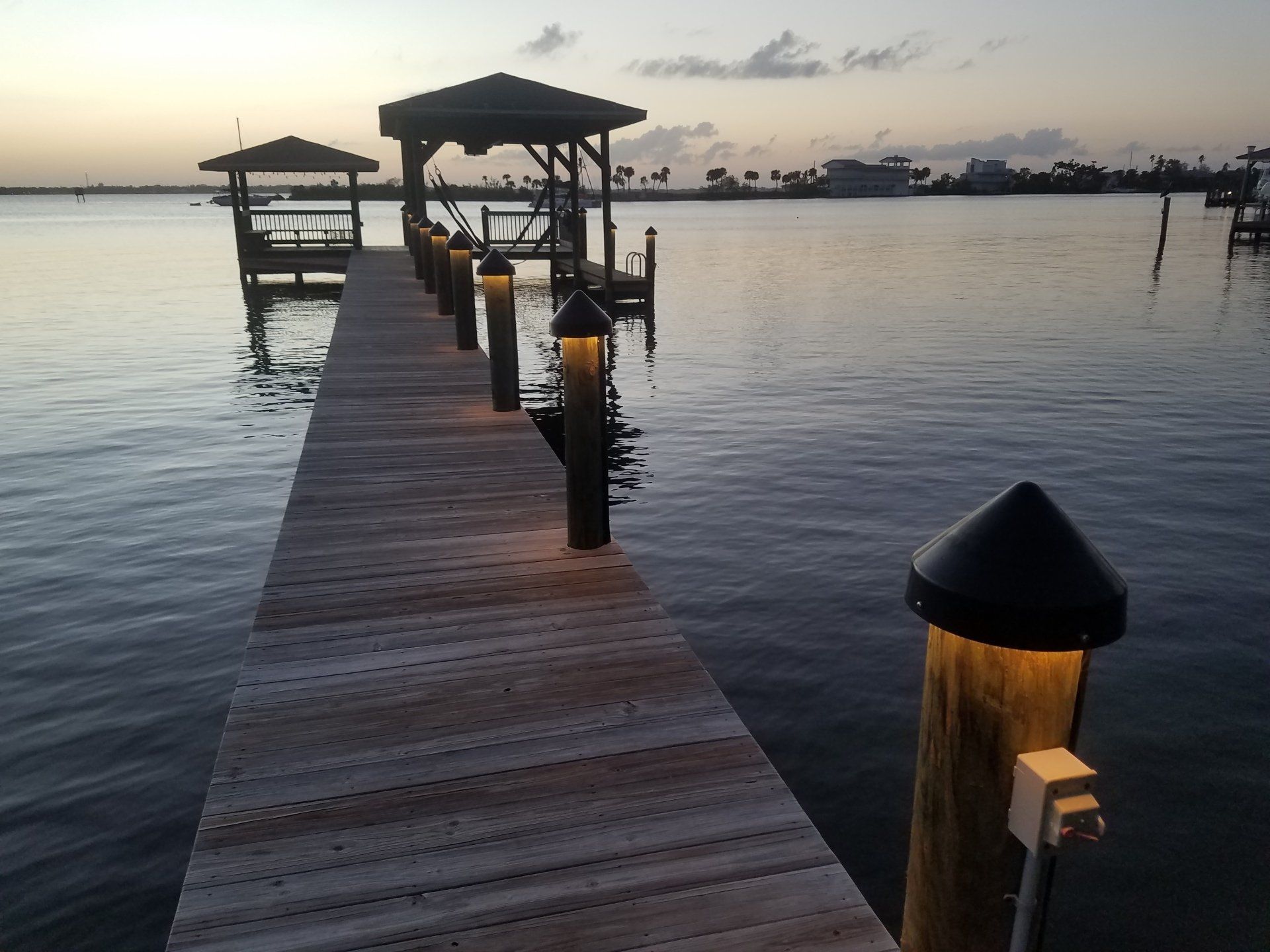
By Hibu Websites
•
13 Feb, 2023
Here in Florida we are surrounded by water, boats and docks, which brings us to ask the question of: How Safe are YOU? If you own a boat and/or a dock, you can take steps now to help prevent a tragedy. There have been many unspeakable tragedies as a result of electrocutions. Some of these have occurred from improperly grounded docks. All were preventable. If you are are buying an existing dock or having work done, all electrical installations/repairs should be performed by a professional electrical contractor familiar with marine codes and standards and inspected at least once a year. Neighboring docks can also present a shock hazard, so please make sure your neighbors are aware of the need for safety inspections and maintenance and work together to make the waterfront safe. Here are some safety rules you should always adhere to: • NEVER swim within 100 yards of ANY dock using electrical power! • NEVER swim off your dock without shutting down all shore power to the boat and the dock. • If you normally run a power cord from your house or garage to charge your batteries, make sure the outlet has a GFCI and include an ELCI somewhere in the shore power cord. Know the signs of Electrical Shock Drowning (ESD). Tingling, numbness or pain all indicate ESD. You MUST Fight the instinct to enter the water to rescue someone. Many rescuers have died trying to help ESD victims. You will need to FIRST TURN OFF shore power connections or disconnect shore power cords before helping. We at Pingston Electric, LLC want everyone to be safe, while enjoying your time on or near the water. Please don't hesitate, call us today at 321-773-4651 to schedule an inspection of your dock's electricity.
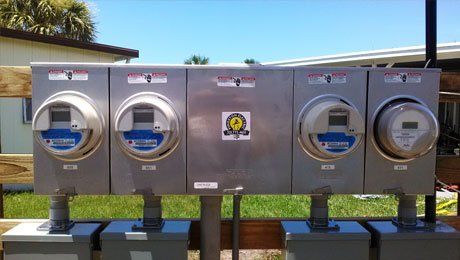
By Hibu Websites
•
11 Jan, 2023
HOW TO LOWER YOUR ELECTRIC BILL Monthly bills are especially expensive during Florida’s hot and humid summers, when you need air conditioning to stay comfortable. Fortunately, you can lower your electric bill—and do your part for the environment—by following these tips. Watch those electronics: Turn off the computer, TV, and other electronics when not in use. To prevent “energy vampires” from leaching electricity from the wall, unplug power adapters for cell phone chargers, laptops, and game consoles between uses. When it’s time to replace any appliances, look for ENERGY STAR® qualified products. Use appliances wisely: Wait until cooler evening hours to run the dishwasher and dryer. Warm up food in the microwave or cook out on your grill instead of using the heat-generating oven or stovetop. These tactics prevent heating up your home in the summer, so you won’t have to rely on your cooling system quite as much. Save on lighting: Replace the light bulbs you use most often with LED's. They consume less energy, generate less heat, and last up to 10 times longer than incandescent lights. Switch off the lights when you leave a room and rely on natural light whenever possible. Run the air conditioner more efficiently: Efficient home cooling is the number one way to lower your electric bill in the summer. Consumers in hot regions should use programmable thermostats, which can cut down energy costs as much as 20 percent. Additionally, be sure to replace your air filters regularly. Dirty filters are less efficient and increase cooling costs. When you’re home, set the temperature to 78 degrees and run a ceiling fan to help you feel about 4 degrees cooler. When you are going to sleep, or if no one is home, then you may even want to raise it a few degrees more. There are so many ways to lower your bill that you might not think of. If you need help implementing these tips—whether you want to have a ceiling fan installed or indoor lighting rearranged —call Pingston Electric, LLC. We can help with all your electrical needs. Our licensed electricians will also be happy to offer additional advice to help you lower your electric bill, in the summer and all year long. Call us at 321-773-4651 or fill out an online contact form to schedule an appointment today!

By Hibu Websites
•
06 May, 2022
Which Light Bulbs are Being Phased Out? All but a few types of halogen bulbs will be phased out by early September this year. The only types of halogen bulbs that will remain are to be used for spotlights and floodlights. Rules finalized by the Energy Department will require manufacturers to sell energy-efficient light bulbs, accelerating a longtime industry practice to use compact fluorescent and LED bulbs that last 25 to 50 times longer than incandescent bulbs.

By Hibu Websites
•
16 Feb, 2022
Whether you’re cooking dinner, charging your phone, or drying your hair, electrical outlets power most parts of your day—but when is the last time you gave them much thought? If you’re anything like me, you take for granted that your outlets will just work when you need them to. Most often, if you live in an older home, you may have already had to pay extra attention to your outlets. Personally, I recently became aware of some older electrical outlets when I realized that I couldn’t plug my computer cord in to charge it—the outlets were all two-pronged! Maybe you’ve had a couple shocking (pun intended) experiences yourself. Electricity is vital to everyday life and can be extremely dangerous if something goes wrong, so it’s very important to leave electrical work to the pros . Keep your life running smoothly and your home and family protected by hiring an electrician for an outlet upgrade. When to Upgrade Your Electrical Outlets If you are experiencing any of the following issues, it’s probably time to upgrade your outlets: Not enough (or no) three-prong outlets Outlet sparks when used Smoke or burning around outlets Black or brown discoloration on outlets No GFCI outlets in rooms that use water Outlets get warm Loose sockets that plugs won’t stay in Frequently tripping circuits Flickering power or power that stops working for no apparent reason Two-Prong vs Three-Prong Outlets Many older homes have two-prong outlets, while three-prong outlets are standard in new construction homes. So what’s the difference between two prongs and three prongs? Three-prong receptacles , when properly installed, have a ground wire that protects both devices and people from electrical faults. The ground wire channels errant electricity back into the service panel (instead of into things, or a person, near the outlet). Two-prong receptacles do not have that protective ground wire. Ungrounded outlets can cause fires, shock people, and short out appliances. Protect your family, your home, and your devices by hiring an electrician to install grounded outlets. If you spot both two-prong and three-prong receptacles in your home, ask your electrician to check your wiring for any additional issues and to ensure that all your outlets are grounded. Types of Electrical Outlets GFCI outlets GFCI outlets, or ground fault circuit interrupters, reduce the risk of shock by immediately turning off an electrical circuit when the circuit becomes a shock hazard. This type of outlet is required for areas with water. If you don’t have any GFCI outlets in your home, you’ll want them installed in at least your bathrooms, kitchen, and laundry room. Identify your GFCI receptacles by looking for outlets with the test and reset buttons on them. AFCI outlets AFCI outlets, or arc fault circuit interrupters, reduce the risk of electrical fires by constantly monitoring how much current is flowing through a circuit and shutting the circuit off if any accidental arcs occur. These outlets look a lot like GFCI outlets, with test and reset buttons on them, and they are labeled “AFCI” somewhere on the outlet. AFCI protection comes in two forms: AFCI circuit breakers and AFCI outlets. Ask your electrician which option is best for your home and what areas in your home require AFCI protection, in accordance with local electrical code. Tamper-resistant receptacles (TRR) Tamper-resistant receptacles are made with a mechanism inside that prevents objects that are not plugs from being stuck into the outlet. Pressure must be applied equally to the top two slots of the receptacle in order to plug something in. So, for instance, a hairpin or a paper clip stuck into one of the outlet slots will not touch the appropriate contact points and will therefore not create an electrical charge. TRRs are now required in new constructions by the National Electrical Code, although local requirements vary. If you have small children in an older home, call your electrician about installing these types of outlets to protect them from electric shock. Other types of outlets There are other types of outlets available that are designed for convenience, including: USB outlets, which are handy for charging phones, iPads, and other devices without having to track down that pesky adapter plug. A strategically placed USB outlet in a bedroom or living space can make life a little easier. LED night-light outlets have a built-in LED light in place of one of the receptacles, taking up less room and using less energy than a traditional night-light. These are great for kids’ rooms or hallways. Recessed outlets are set back into the wall so that any plugs inserted do not stick out from the wall. These are useful behind an entertainment system or any other place you want furniture flush against the wall. Pop-up outlets are often used in kitchens. A pop-up outlet installed in your countertop is tucked away until you need to use it. They can save your backsplash from being interrupted by wall outlets or bring much needed power to your kitchen island prep space. How Electrical Outlets Are Updated To update an old two-prong outlet, your electrician will make sure the power is off to that outlet, remove the cover plate, pull out the old receptacle, and disconnect the wires from the outlet. If the new outlet is a GFCI, then your electrician will check to see if the new receptacle will fit into the old outlet box before connecting the wires to the new receptacle. If the box is too small, they will have to install a newer, bigger box before installing the new GFCI receptacle. Your electrician will determine if the old wires are long enough to connect to the new receptacle properly. If not, they will determine the appropriate wire gauge for the circuit and use that to add a pigtail wire for an extension. Then they’ll connect the wires to the proper terminals on the GFCI receptacle. If the outlet box is grounded (which is something your electrician can test), then they will insert the necessary ground screw to the outlet box and attached a grounding wire from the screw to the receptacle’s grounding terminal. Once everything is connected, the outlet and receptacle go back in the wall, the cover plate goes back on, and voila—you’ve got an updated outlet. If the outlet box is not grounded, you can have your electrician do one of these things: Install a GFCI outlet with a sticker label that says “no equipment ground.” This outlet, while protecting people from shocks, will not protect your electrical equipment from shorting. Install an individual ground wire for this one outlet. Have your electrician rewire your entire home . This will be expensive, but if you are having a lot of electrical issues and have safety concerns, it may be worth it. It’s very important to properly install the new receptacle with the right wires connecting the right parts, and to label an ungrounded GFCI outlet clearly. Leave this work to the pros, who can also identify underlying outlet or wiring issues while they’re working. Source:https://www.bestpickreports.com/blog/post/upgrading-electrical-outlets/
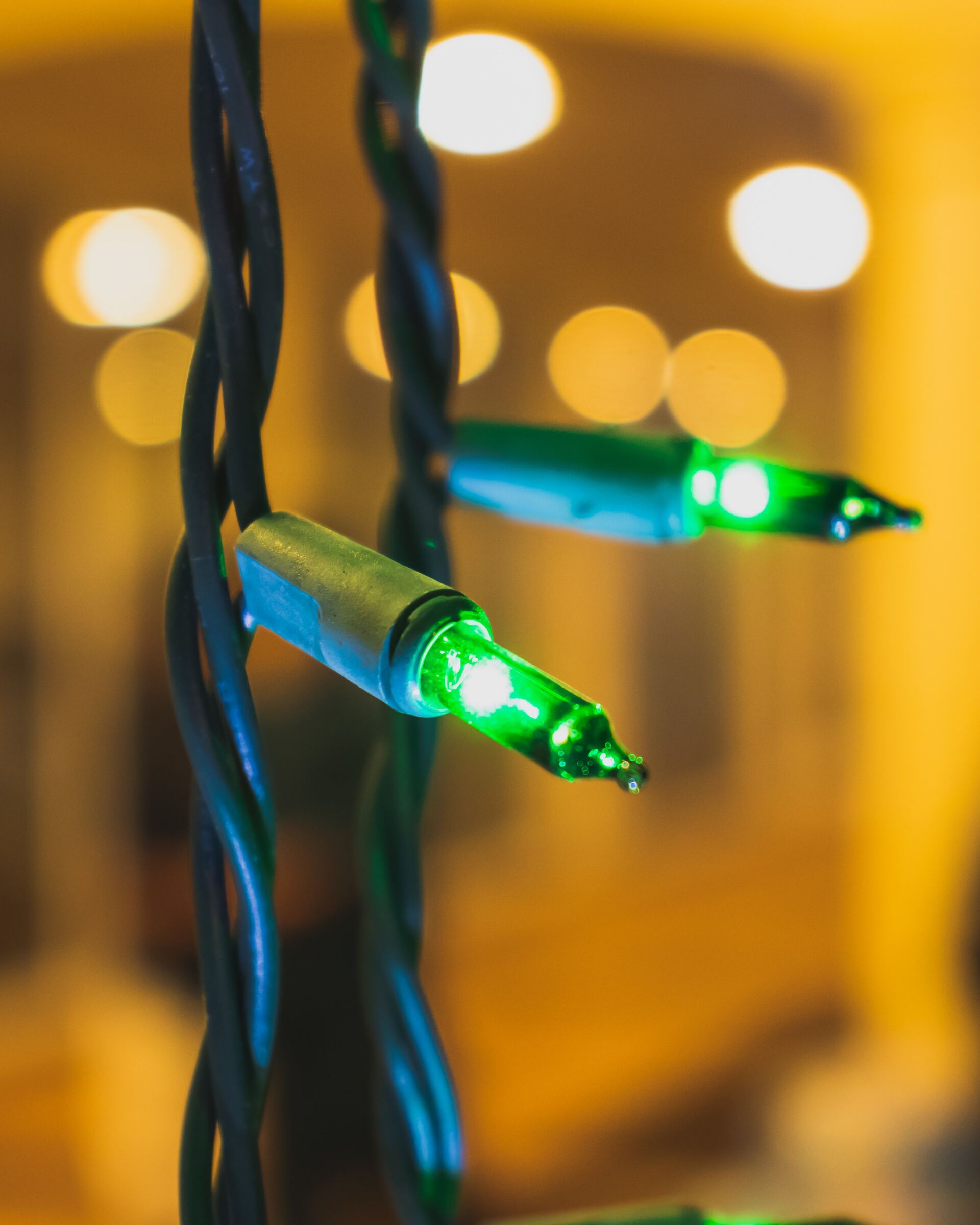
By Hibu Websites
•
10 Nov, 2021
We at Pingston Electric love electricity and everything that goes with it, and that includes Christmas Light Safety. What many people may not know is that by installing multiple strings of lights around your yard or house may cause short circuits, injuries and electrical fires. Always follow the manufacturer's limits for the number of strings that can safely be connected together. If you are using extension cords in general, read the label on both the cord and the appliances that are being plugged into it to make sure the cord can handle the load. If it cannot, use a higher-rated cord or unplug some appliances. Use no more than three standard size sets of lights per extension cord.
Privacy Policy
| Do Not Share My Information
| Conditions of Use
| Notice and Take Down Policy
| Website Accessibility Policy
© 2024
The content on this website is owned by us and our licensors. Do not copy any content (including images) without our consent.
